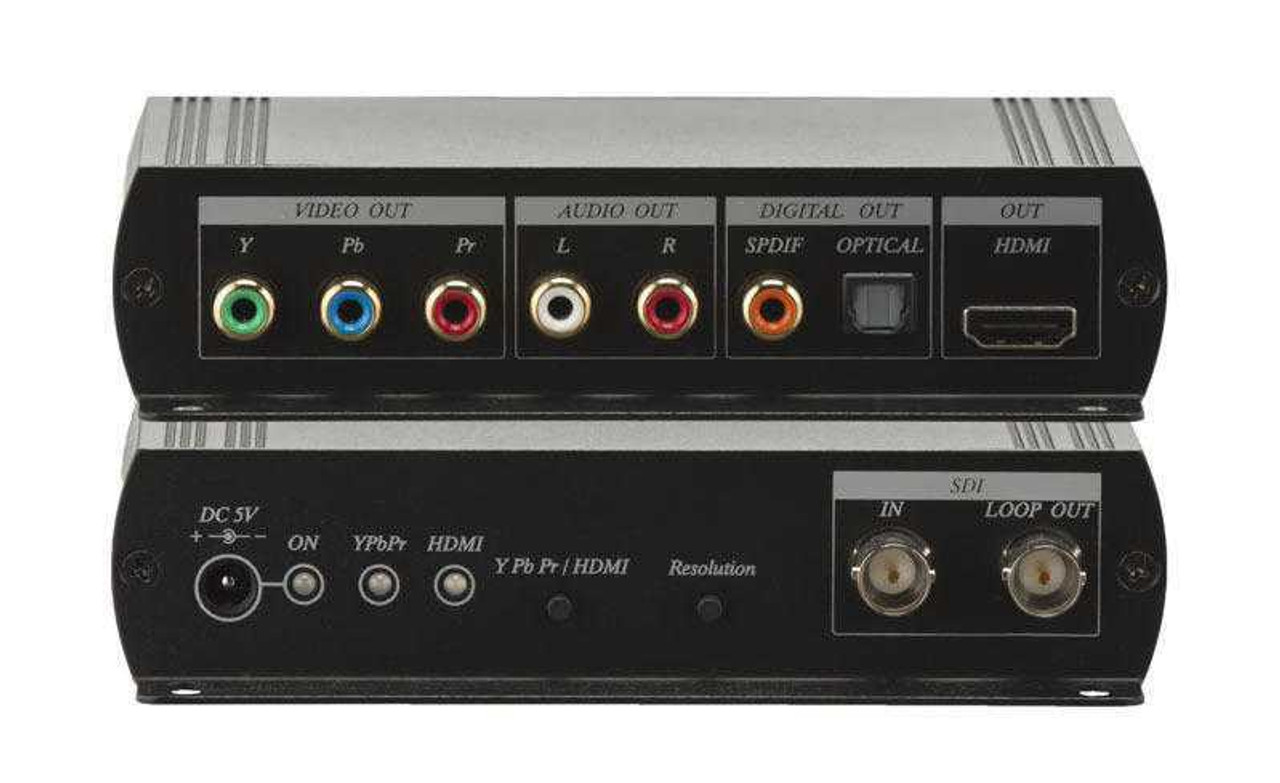SDI Adapters
SDI (Serial Digital Interface) adapters are used in the field of video production and broadcasting to convert video signals from one format to another.
Here are some common features of our SDI Adapters:
- Video Format Conversion: SDI adapters can convert video signals between different SDI formats, such as SD-SDI (Standard Definition), HD-SDI (High Definition), and 3G-SDI (3Gbps SDI).
- Signal Routing: They allow for the routing of video signals from multiple sources to different destinations, enabling the distribution of video feeds to various displays or recording devices.
- Cable Length Extension: SDI adapters can extend the reach of SDI signals over longer distances by converting the electrical signal to an optical signal and transmitting it over fiber optic cables. This allows for reliable transmission over extended distances without signal degradation.
- Audio Embedding and De-embedding: Some SDI adapters also provide the capability to embed or de-embed audio signals into or from the SDI video signal. This is useful for synchronizing audio and video feeds and managing audio channels in the production workflow.
- Signal Re-clocking: SDI adapters often include built-in signal re-clocking functionality, which helps regenerate and stabilize the SDI signal to ensure optimal transmission quality and minimize signal degradation.
- Multiple Connector Types: SDI adapters typically come with a variety of connector options, such as BNC (Bayonet Neill–Concelman), DIN, or optical connectors, to accommodate different types of SDI connections.
- Cross-Protocol Conversion: Some advanced SDI adapters can perform cross-protocol conversions, allowing for the conversion between SDI and other video signal formats, such as HDMI (High-Definition Multimedia Interface) or DisplayPort.
- Monitoring and Control: Certain SDI adapters may include monitoring features, such as signal quality indicators, audio level meters, and error detection capabilities. They might also offer remote control options, enabling users to manage and configure the adapter settings through a computer or a control panel.

